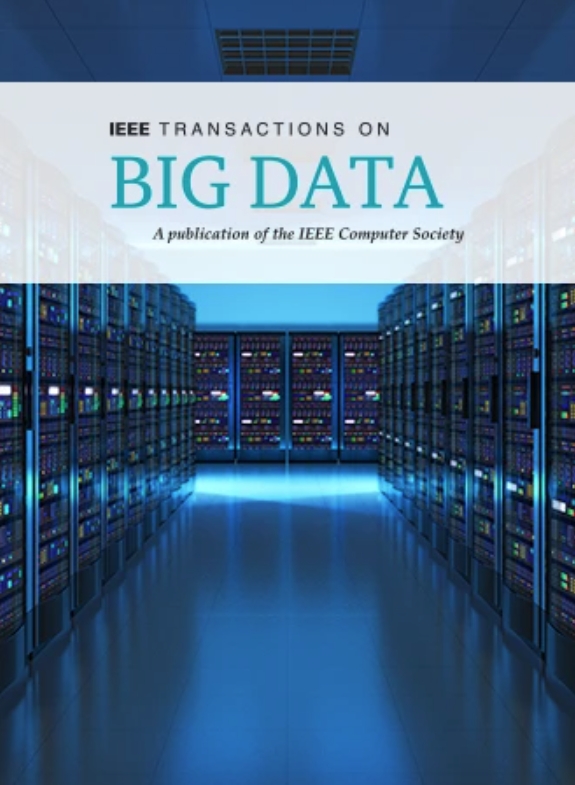交通预测的几何代数多阶图神经网络
IF 7.5
3区 计算机科学
Q1 COMPUTER SCIENCE, INFORMATION SYSTEMS
引用次数: 0
摘要
准确的交通预测对城市交通管理至关重要。将图神经网络与时间序列处理相结合的时空图神经网络在交通预测中得到了广泛的应用。然而,传统的图神经网络仅捕获路网节点之间的成对空间关系,忽略了多个节点之间的高阶交互。与此同时,大多数提取时间依赖关系的工作都受到隐式建模的影响,忽略了时间序列的内部和外部依赖关系。为了解决这些挑战,我们提出了一种几何代数多阶图神经网络(GA-MGNN)。具体而言,在时间维度上,我们设计了基于几何代数旋转矩阵的卷积核,不仅学习了时间序列中不同时间步长之间的内在依赖关系,还学习了时间序列与卷积核之间的外在依赖关系。在空间维度上,我们构造了一个标记化的超图,并将动态图卷积与注意超图卷积相结合,全面捕获了多阶空间依赖关系。此外,我们设计了基于交通周期信息的分段损失函数,进一步提高了预测精度。在七个真实数据集上进行的广泛实验表明,GA-MGNN优于最先进的基线。本文章由计算机程序翻译,如有差异,请以英文原文为准。
Geometric Algebra Multi-Order Graph Neural Network for Traffic Prediction
Accurate traffic prediction is crucial for urban traffic management. Spatial-temporal graph neural networks, which combine graph neural networks with time series processing, have been extensively employed in traffic prediction. However, traditional graph neural networks only capture pairwise spatial relationships between road network nodes, neglecting high-order interactions among multiple nodes. Meanwhile, most work for extracting temporal dependencies suffers from implicit modeling and overlooks the internal and external dependencies of time series. To address these challenges, we propose a Geometric Algebraic Multi-order Graph Neural Network (GA-MGNN). Specifically, in the temporal dimension, we design a convolution kernel based on the rotation matrix of geometric algebra, which not only learns internal dependencies between different time steps in time series but also external dependencies between time series and convolution kernels. In the spatial dimension, we construct a tokenized hypergraph and integrate dynamic graph convolution with attention hypergraph convolution to comprehensively capture multi-order spatial dependencies. Additionally, we design a segmented loss function based on traffic periodic information to further improve prediction accuracy. Extensive experiments on seven real-world datasets demonstrate that GA-MGNN outperforms state-of-the-art baselines.
求助全文
通过发布文献求助,成功后即可免费获取论文全文。
去求助
来源期刊

IEEE Transactions on Big Data
Multiple-
CiteScore
11.80
自引率
2.80%
发文量
114
期刊介绍:
The IEEE Transactions on Big Data publishes peer-reviewed articles focusing on big data. These articles present innovative research ideas and application results across disciplines, including novel theories, algorithms, and applications. Research areas cover a wide range, such as big data analytics, visualization, curation, management, semantics, infrastructure, standards, performance analysis, intelligence extraction, scientific discovery, security, privacy, and legal issues specific to big data. The journal also prioritizes applications of big data in fields generating massive datasets.
 求助内容:
求助内容: 应助结果提醒方式:
应助结果提醒方式:


